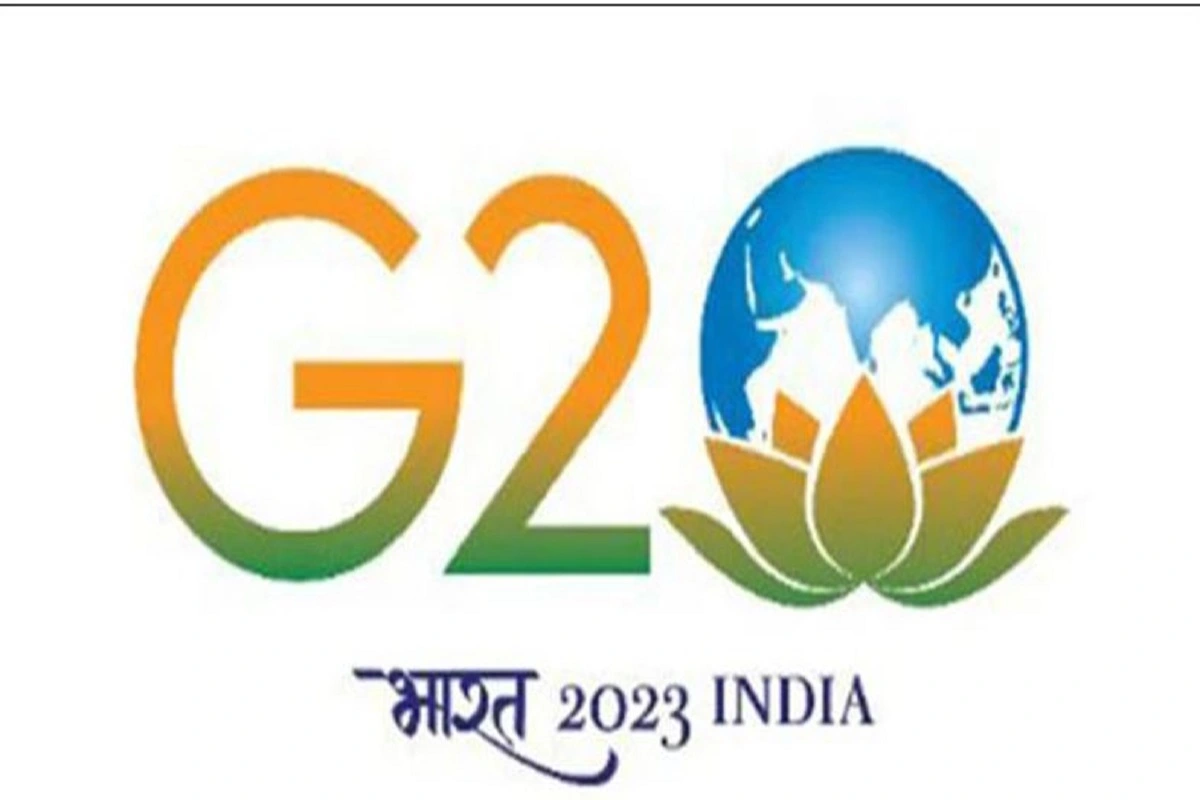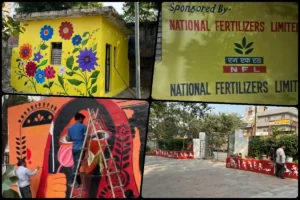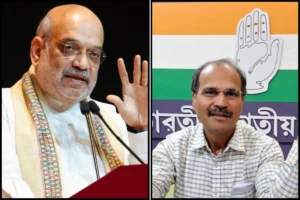
The G20 nations, with a population of 4.7 billion, have large exposure, risk from asset concentration, and vulnerability to natural disasters. In the current World Risk Index, four out of the top 10 vulnerable countries are G20 nations. The combined estimated annual average loss in the G20 countries alone is $218 billion, equivalent to 9 percent of the average annual investment in infrastructure made by them.
Disaster risk reduction measures can play an important role in preventing such losses. Reducing risk can be achieved mainly by reducing vulnerability and exposure to risk through measures such as better economic and urban development choices and practices, protection of the environment, reduction of poverty and inequality, etc. Disasters can set back development gains. Hence, risk reduction is an important strategy if a country’s economic ambitions are to be realized.
Setting up early warning systems, undertaking periodic risk assessments, constructing disaster-resilient infrastructure, etc, are important strategies. For example, in our country, effective implementation of flood risk management strategies can help in reducing and managing extreme weather conditions.
India has highlighted the importance of disaster risk reduction by initiating a new workstream in G20. The five priorities outlined in the first meeting of the working group were coverage of early warning systems to all, focus on disaster and climate-resilient infrastructure, improving financing frameworks for national disaster risk reduction, improving systems and capabilities for response to disasters, and application of ecosystem-based approaches to disaster risk.
A second meeting of the Disaster Risk Reduction Working Group will be held in Mumbai between May 23-25. This is an opportune time to focus and deliver on the goals of disaster risk reduction. We may think about the future program along the following five broad themes.
First, we need to re-imagine financing disaster risk reduction. The financing requirements flowing through government budgets are not independent of a country’s fiscal position and hence may be limited. Innovative financing tools including creating reserve funds, dedicated lines of credit, and tapping resources globally should be explored. While green financing has gained traction in global financial markets, the same cannot be said of disaster risk financing.
For countries like India, where government budgets are increasingly focusing on capital expenditure, this need is more acute. Infrastructure, such as roads, rails, airports, and electricity lines created through public revenues need to be resilient to disasters and may require more funds incrementally. There is a need to finance this additionality using options that are reflective of the social benefits of such disaster-resilient infrastructure.
Differential strategies to deal with extensive risk (risk of losses from frequent but moderate impacts) and intensive risk (from low frequency and high impact events), should be worked out. A large portion of the losses accumulate from extensive events. Cumulatively, dispersed events such as heatwaves, lightning, local floods, and landslides cause enormous losses. Implementing targeted approaches to reducing losses from extensive risk events, can have an impact in the short to medium-term horizon.
Bringing about a meaningful convergence of disaster risk reduction and climate change adaptation efforts should be a third theme. If we develop analytical and implementation capacities for disaster risk reduction they will help climate change adaptation efforts as well. For example, building flood-management structures under disaster risk reduction strategies will have synergies with adaptation efforts. Similarly, the effectiveness of adaptation measures should be measured against their disaster risk reduction potential.
To read more such news, download Bharat Express news apps






















